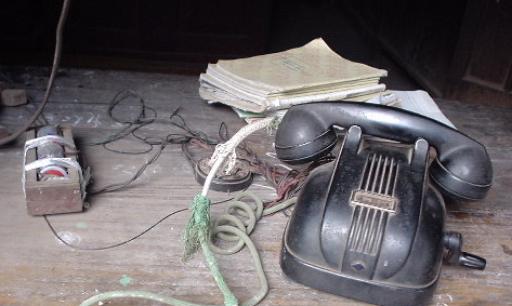
Recently Rated:
Stats
Work interests: science communication
Affiliation/website:
Preferred contact method: Reply to post in blog/forum/group
Preferred contact language(s):
Contact:
Favourite publications:
Avoiding and detecting plagiarisation
There are many methods and tools that can be used to detect plagiarisation. The need to look for plagiarised text (and images) is most obvious when students first attempt academic writing, and lack confidence in their own writing, or misunderstand the purposes of a university education (e.g. learning how to write).
See: How to Detect Plagiarism (MIT, USA) - resources for teachers wishing to check student writing
At the Research Cooperative we are more concerned with how journals can avoid publishng plagiarised content in submitted papers. The best prevention lies in the hands of authors themselves. It is better for authors to write in their own words and acknowledge the sources of specific, special ideas and information, rather than plagiarizing text in an attempt to raise the apparent quality of their writing and information.
See: iThenticate - a commercial system developed for academic authors and publishers
Authors who are not confident about their writing can seek help from editors to improve the writing, can learn how to write better with the help of editors, and can acknowledge such help formally, thus avoiding the problem of plagiarisation altogether.
Editors should be acknowledged for their role in raising the standards of sicientific communication, whenever possible. If an editor's contribution amounts to co-authorship, this should be formally considered even if it was not the original intention. Givng editors adequate acknowledgment for their contributions is a responsibility for both authors and publishers.
